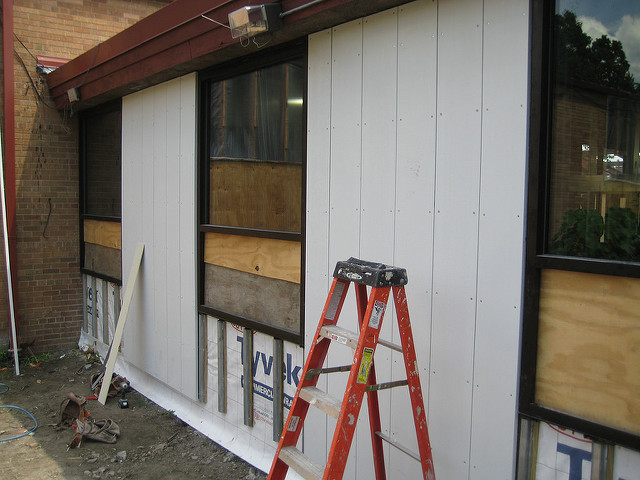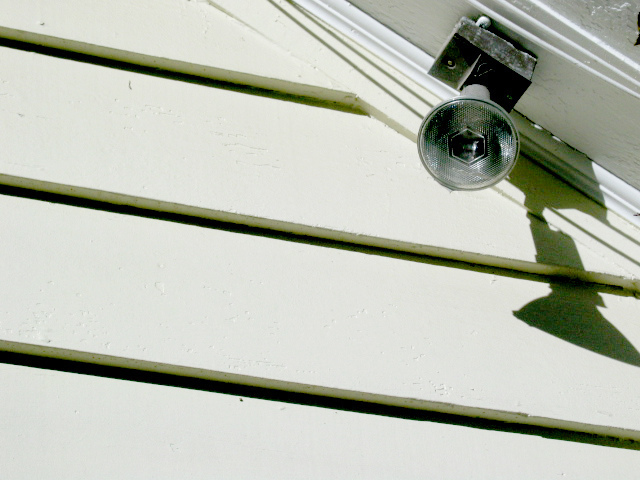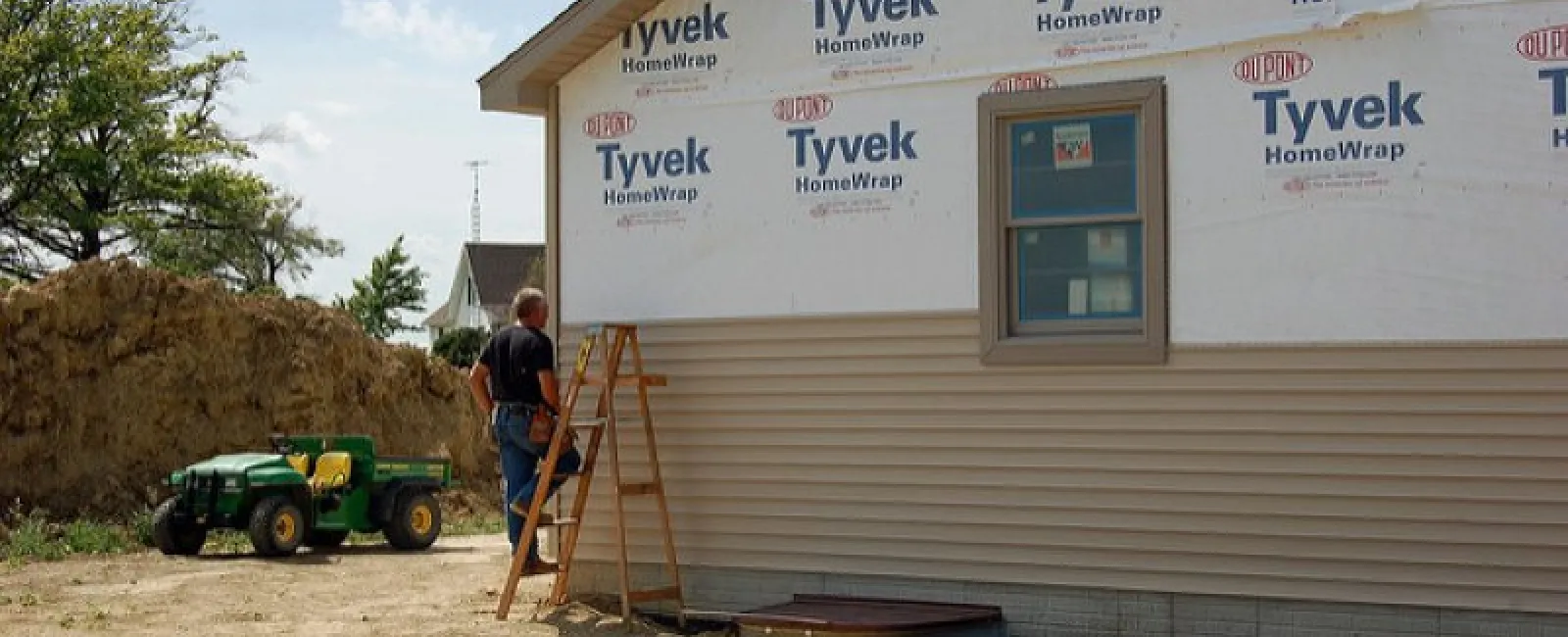At Findlay Roofing, we want you to have dependable siding that lasts for years - and that means paying attention to the nailing. A common problem we see on many different houses? Using facing nails for exterior projects.
What Are Face Nails?
Siding is installed with slight overlap between boards, a bit like the way shingles are installed. That overlap is very important when it comes to nailing techniques. In face nailing, a nail is driven through the face of the board, driving down through two overlapping layers into the substrate below. These nails tend to be visible on the surface of the material.

Why Are Face Nails a Problem?
Many types of siding are designed to be nailed before the next overlapping board is installed, so the nails only go through one board instead of two. Using face nails can be a big problem - here are a few reasons why.
- Replacements: Suppose one of your boards gets damaged in a hail storm. You need to take that board off to replace it. But with face nails, you also need to take off the board above it for replacement. But wait! That board has face nails too, so you need to take off the next board…and the next…and ultimately all the boards in that row. Few boards are made for face nails these days.
- Nailing in the wrong places: Face nailing can be imprecise. Many types of boards are designed to be nailed in specific places. Nail in the wrong corner, for example, and you can crush or splinter the board.
- Leaks and moisture: Face nailing makes it easier for leaks to develop behind the row of boards - leaks that are difficult to fix.
- Nailing too hard: When face nailing, it's tempting to drive the nail deep into the board material. This is a serious mistake with these boards, because many are designed to be fastened only lightly to the substrate. Deep nailing warps or splinters the board over time.
- Warranty issues: Professional contractors may not do repairs to face-nailed boards. Why? This type of nailing can void warranties. They may offer to replace the whole thing, but they'll stay away from minor repairs, which means you'll have to do it yourself.
 For most exterior boards - especially HardiePlank and other fiber cement materials - the best way to nail is corner to corner "blind nailing." Blind nailing refers to nailing each board, one at a time, and then overlapping that nailed layer with the next board, so that all nails are hidden. It's a safe and more effective way to install siding. It also prevents problems with cracking and warping.
For most exterior boards - especially HardiePlank and other fiber cement materials - the best way to nail is corner to corner "blind nailing." Blind nailing refers to nailing each board, one at a time, and then overlapping that nailed layer with the next board, so that all nails are hidden. It's a safe and more effective way to install siding. It also prevents problems with cracking and warping.
If you want to learn more about siding repairs and replacement, Findlay Roofing can help. We also offer a free roof analysis and other services to make sure your home stays safe this winter.

